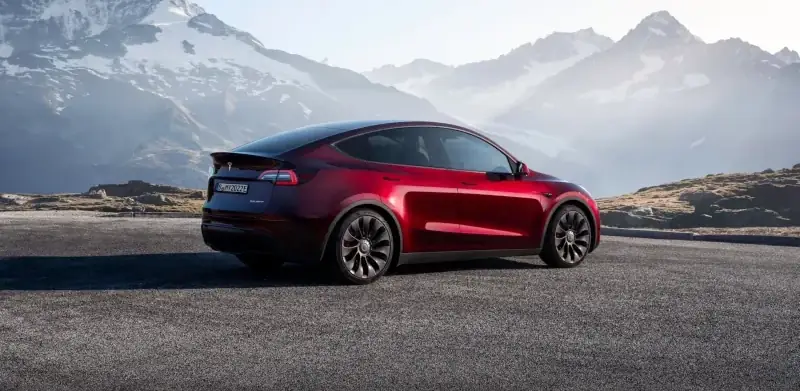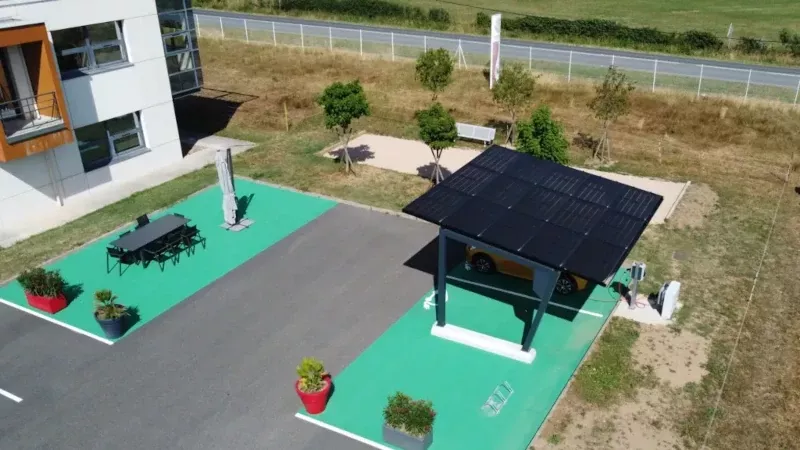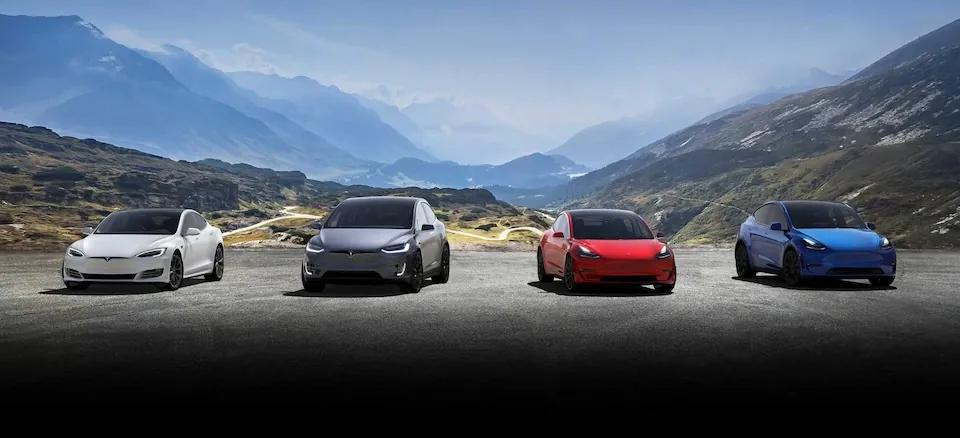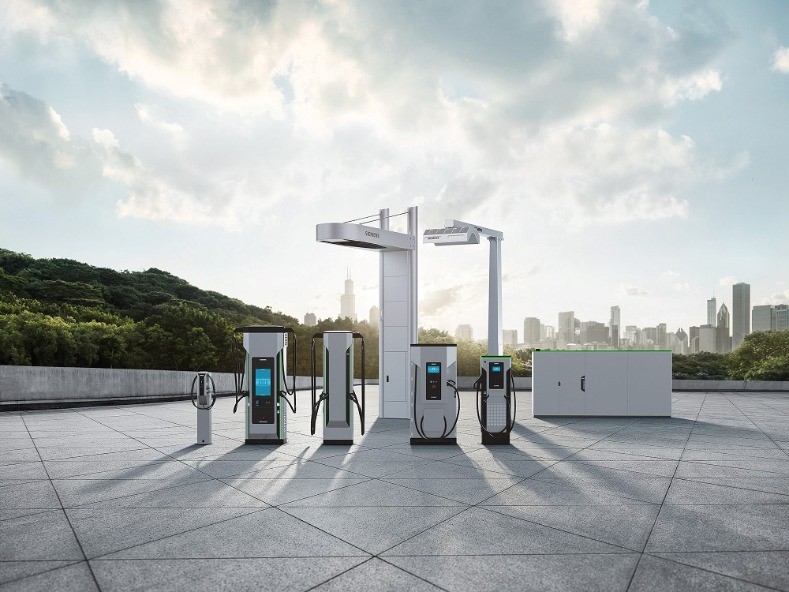
Siemens Smart Infrastructure has rolled out an additional variant of its SICHARGE D electric vehicle (EV) fast charger, with a maximum output of 400 kW.
Designed for future-proof EV charging, the SICHARGE D dispenser enables up to four vehicles to be charged at the same time with only one grid connection, optimising times for customers, and delivering cost and space savings for charge point operators (CPOs). Read more…
Author: E-Mobility Engineering
FEV software detects and prevents partial discharge early on
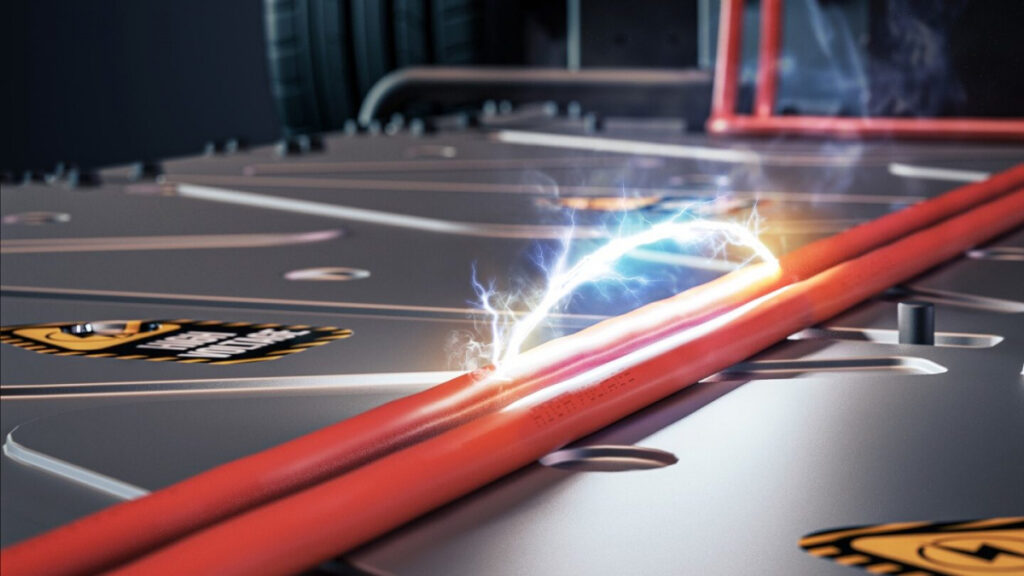
FEV has developed PD-HVX (Partial Discharge – High Voltage X) for the early detection and prevention of PD in high-voltage electric-drive units (EDUs). PD can cause damage to the insulation in modern EDUs, and in the worst-case scenario this can result in total failure of the vehicle. Read more…
Audi’s more powerful & smarter HV battery
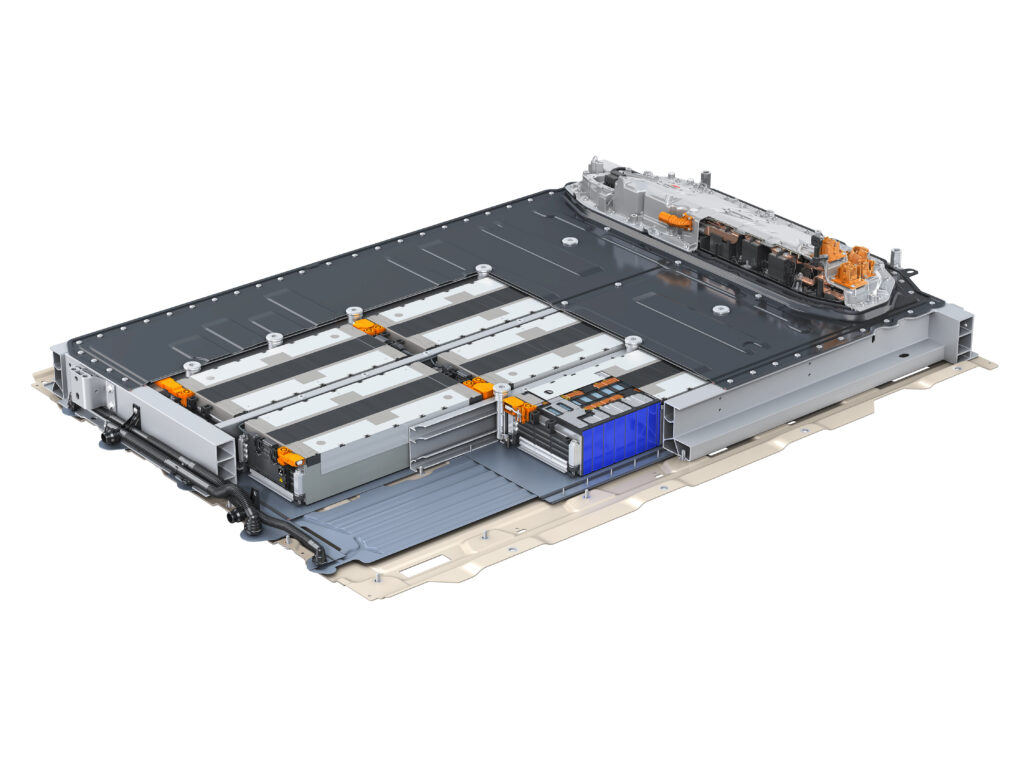
The completely newly developed high-voltage battery (HV battery) is largely responsible for the longest electric range in the current Audi portfolio. With an impressive range of 625 kilometers (388 mi), the Audi Q6 e-tron1 is highly suitable for everyday use, making it one of the models with the longest range in its segment. The two model variants, Audi Q6 e-tron quattro1 and Audi SQ6 e-tron2, each have an HV battery with a gross storage capacity of 100 kWh (net 94.9 kWh). Compared to the battery systems previously used by Audi, the battery consists of just twelve modules with a total of 180 prismatic cells. The 15 cells per module are connected in series. For comparison, the HV battery in the Audi Q8 e-tron consists of 36 modules and 432 cells. Read more…
Hybrid electric propulsion passenger aircraft
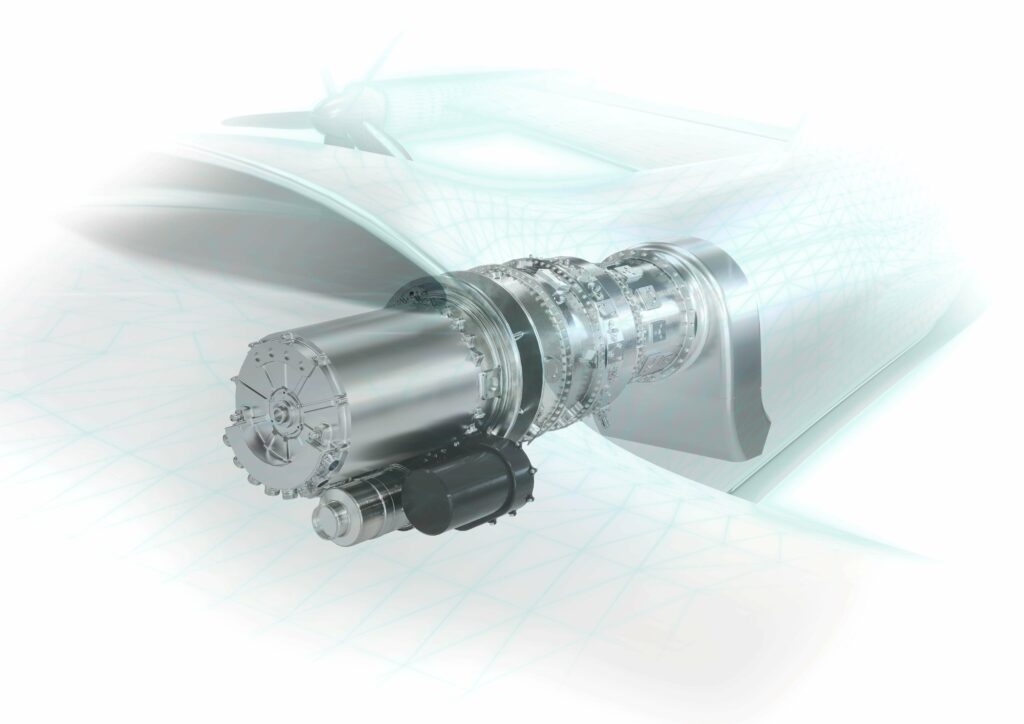
A European project is developing a new propulsion system for medium-range aircraft with up to 35 passengers, writes Nick Flaherty.
Several Fraunhofer Institutes and Brandenburg University of Technology Cottbus-Senftenberg, under the leadership of Rolls-Royce Germany and other partners such as research institution ACCESS, are collaborating on the hybrid electric-propulsion system. Read more…
Cell-to-pack architecture for fast charging
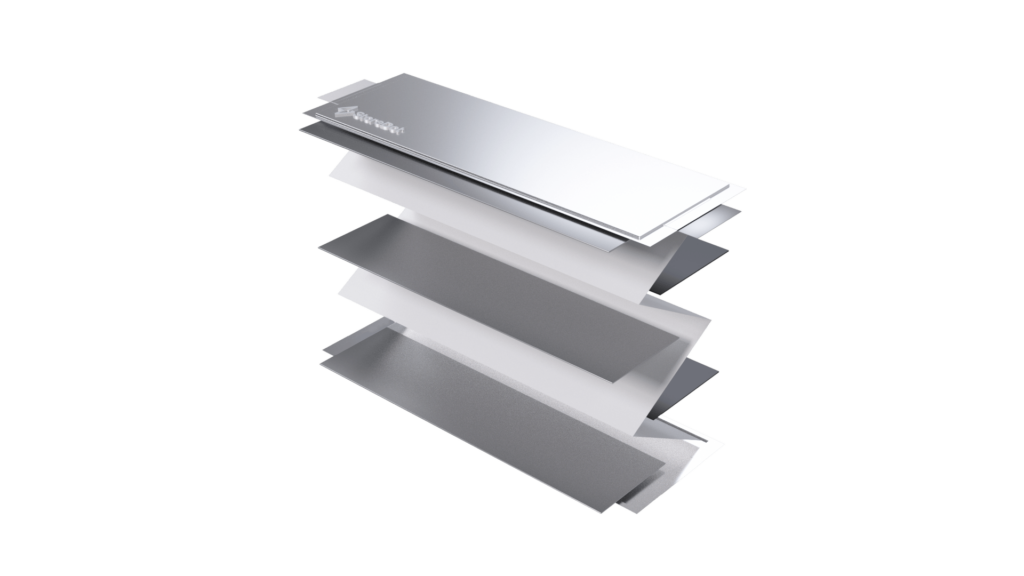
StoreDot has developed a cell-to-pack architecture for its silicon-based fast-charging batteries, writes Nick Flaherty.
The I-BEAM XFC is a patented cell design that accelerates the integration of extreme fast charging (XFC) into EVs using StoreDot’s proprietary 100in5 electrode technology. The silicon anodes enable charging for 100 miles of range in just five minutes. Read more…
Volvo Cars partners with Breathe for next-gen fast-charging
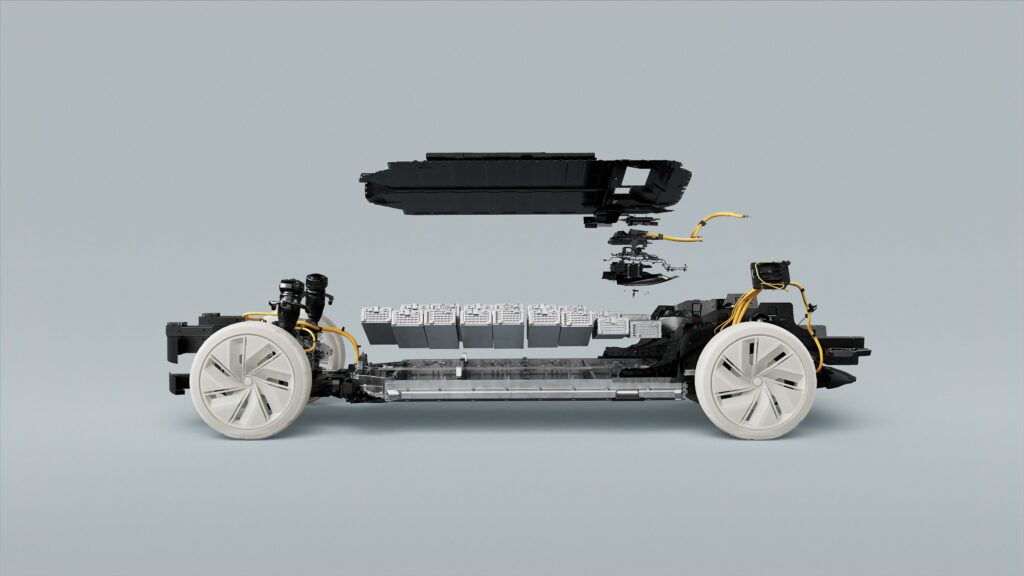
Volvo Cars has partnered Breathe Battery Technologies (Breathe), becoming the first car company to gain access to the latest version of its patented, algorithm-enabled charging software.
By integrating Breathe’s software into its in-house developed battery management platform, Volvo Cars aims to offer customers faster charging times and an enhanced driving experience. Read more…
Potting & encapsulation
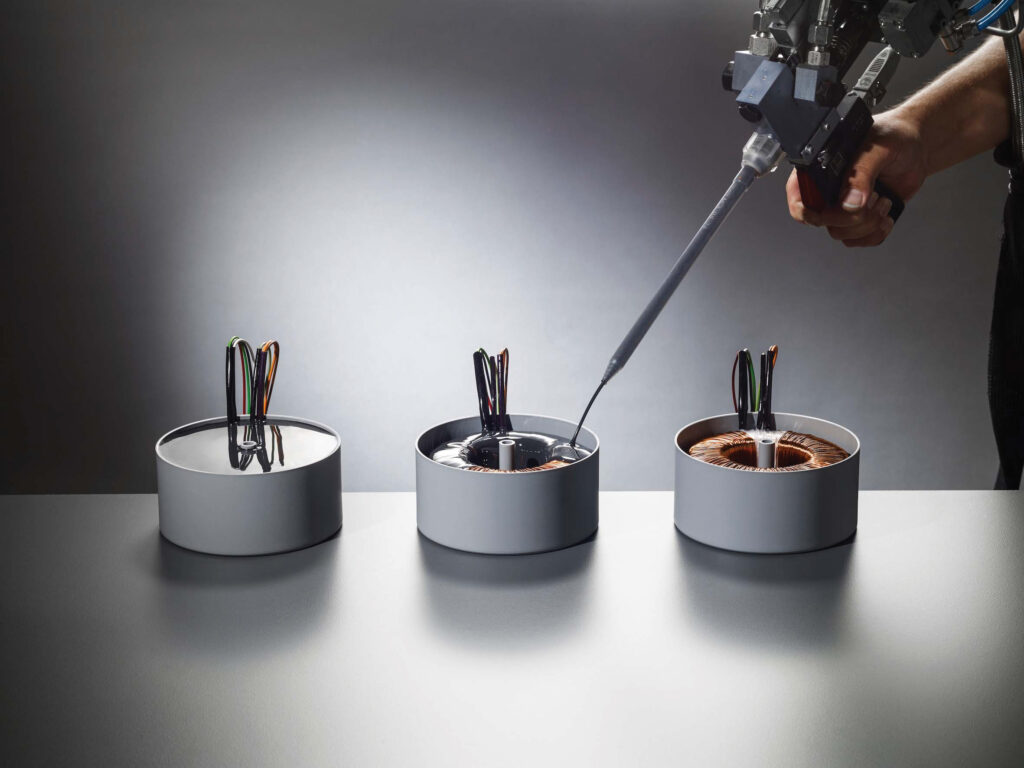
Peter Donaldson examines the finer points of potting and encapsulation
Many electrical and electronic components last longer, perform better and stand up to the stresses and strains of hard use with fewer complaints if they are potted or encapsulated in a polymer. While the two terms are often used interchangeably, they don’t quite mean the same thing.
Potting is a process by which a form or ‘pot’ containing the parts to be protected is filled with a polymer resin and becomes part of the finished component. Read more…
Bipolar batteries
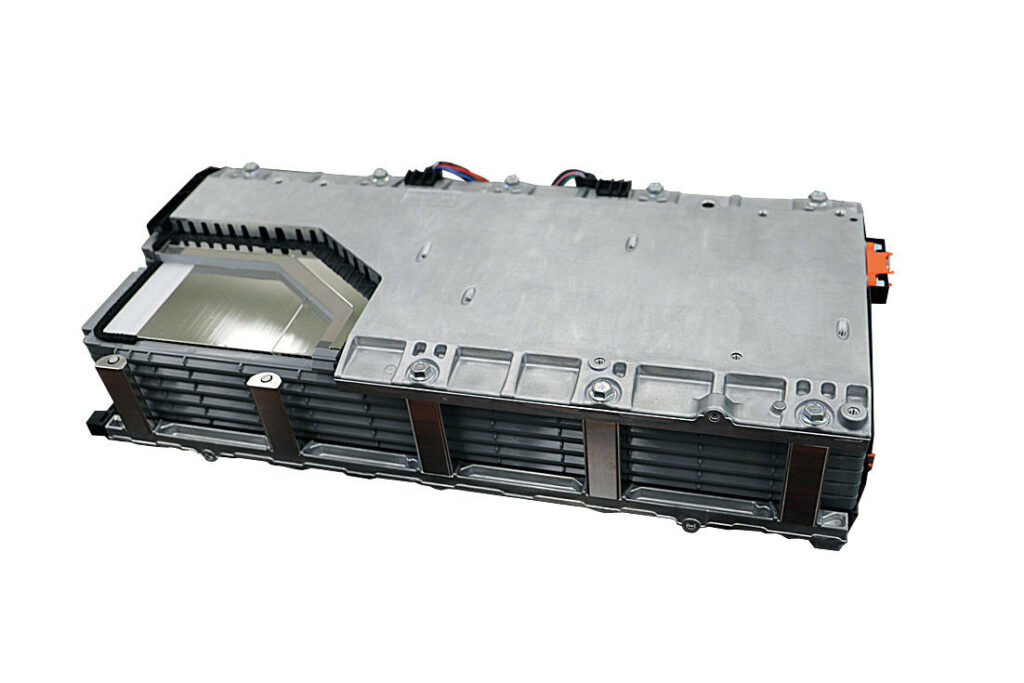
When Toyota unveiled plans for its next generation of EV technology in June 2023, the company made it clear that bipolar batteries would play a central role. The company is already using bipolar architecture in the nickel-metal hydride batteries in its Crown and Aqua hybrids, and it is extending the technology to BEVs with lithium-ion batteries. Its product plans include ‘popular’ and ‘performance’ versions of liquid-electrolyte bipolar batteries, writes Peter Donaldson. Read more…
Polymer considerations for EV
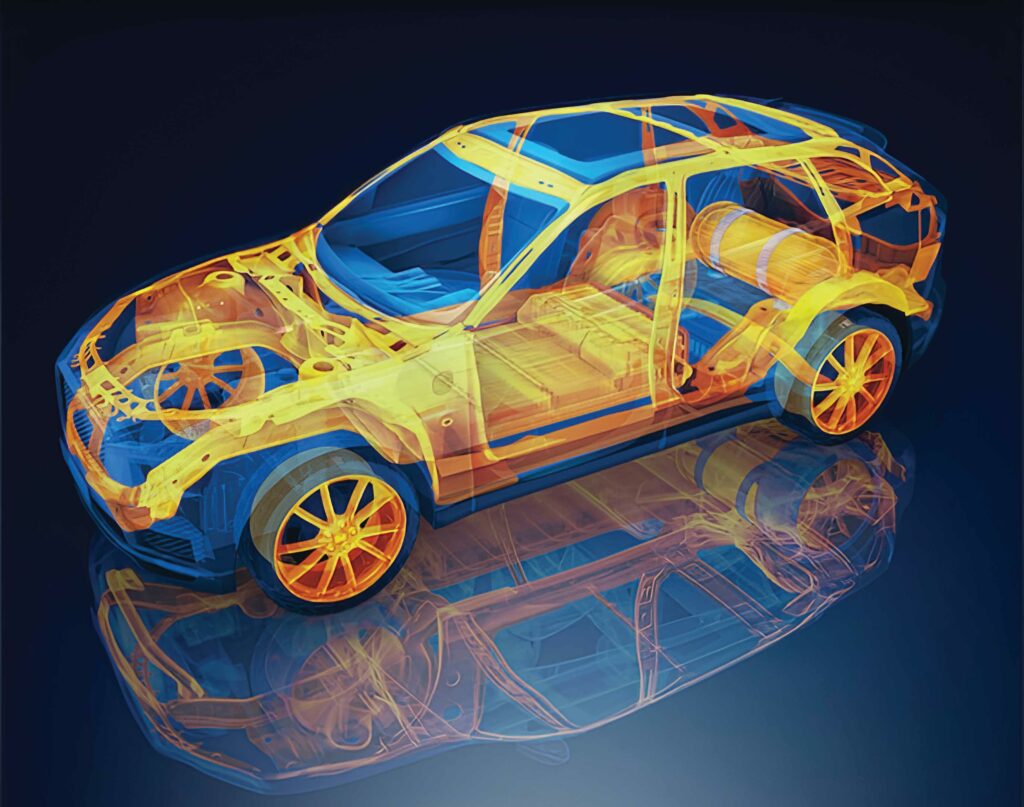
Lightweight with higher temperature resistance, thermoplastics are ideal for e-mobility powertrains, Nick Flaherty reports
The push to make e-mobility designs lighter to boost range is driving significant innovation in materials. Thermoplastics are being redesigned to provide various combinations of temperature and flowability for manufacturing and plating capabilities. Read more…
Power semiconductors
![]()
Nick Flaherty discovers how the world of power semiconductor devices is shifting away from silicon
Power semiconductors are used across many areas of e-mobility, with different technologies suitable for each part of a vehicle, depending on the voltage and current requirements, while emerging tech is allowing smaller systems to be implemented. Read more…
Inverters
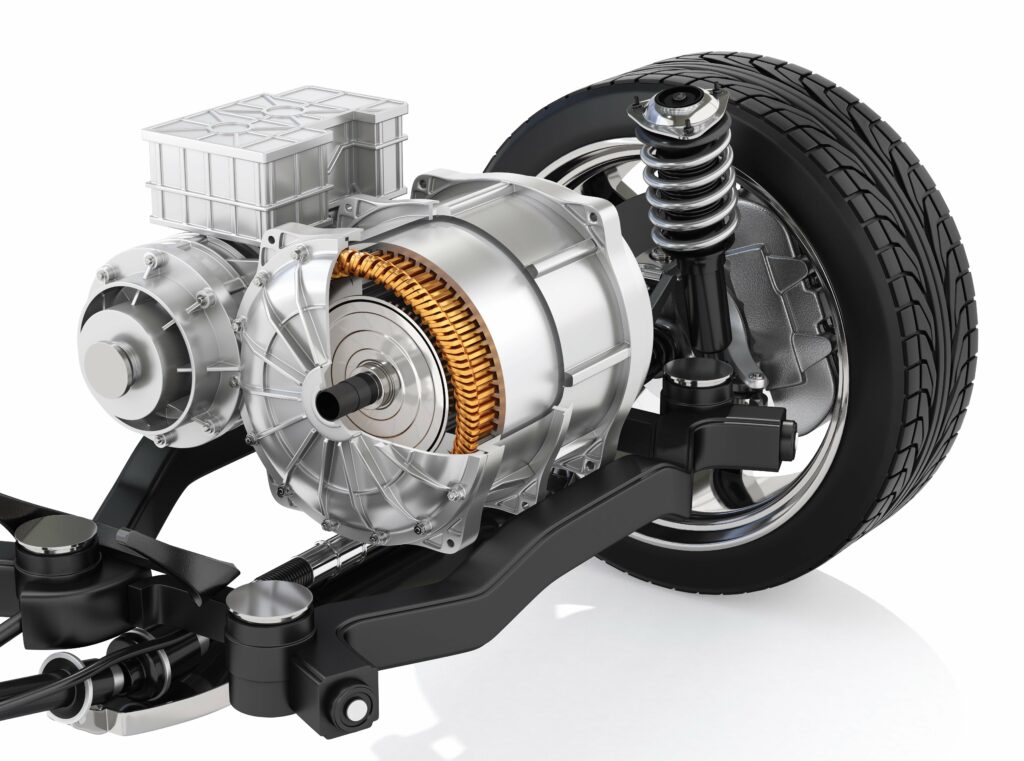
Modern inverters are including more intelligent features to work with other vehicle systems, reports Peter Donaldson
Inverters do the conceptually straightforward job of converting an electric current from DC into AC form. As such, they create an essential link between the energy storage system and the motor.
Modern inverters use solid-state semiconductor switches, connected to form combinations of half-bridges and activated by smaller switching circuits known as gate drivers, which in turn are under the control of processors that implement control logic embodied in hardware, software or both. Read more…
ENNOVI unveils flexible prismatic battery system
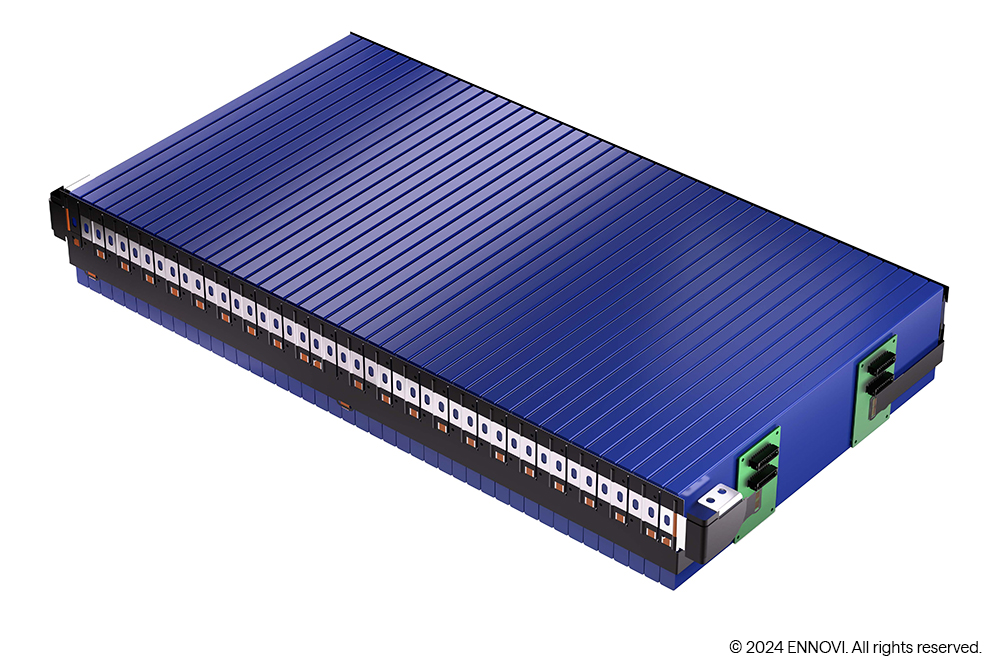
ENNOVI has launched the CellConnect-Prism, a prismatic battery cell contacting system that aims to redefine the connectivity and efficiency of battery modules.
The product gives engineers flexibility by enabling the seamless integration of individual prismatic cells to create larger battery modules, or advanced cell-to-pack (CTP) and cell-to-chassis (CTC) configurations. By streamlining the assembly process and eliminating inefficiencies, it accelerates battery pack production while optimising material usage and cutting costs. Read more…
The home of foam: accelerate your automotive products
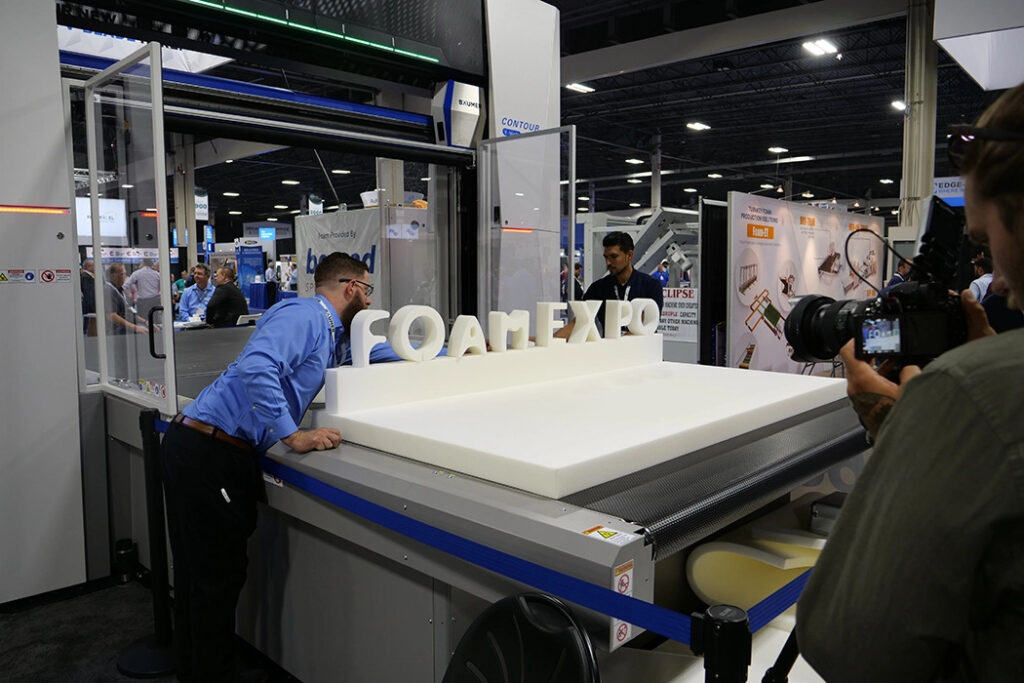
Foam Expo, the largest, free-to-attend trade fair and conference for foam products and manufacturing in North America, is returning for its seventh edition from June 25-27, 2024, in Novi, MI. Register to attend and you’ll gain easy access to the co-located Adhesives & Bonding Expo taking place in the same hall. Read more…
Viritech is ready to run with hydrogen powertrain
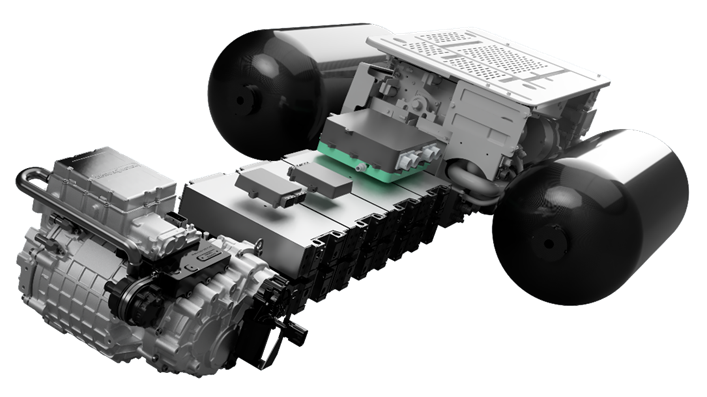
Viritech has launched the 60 kW VPT60N Ready to Run powertrain for OEMs, Tier 1 suppliers and research bodies, enabling the rapid deployment of hydrogen fuel-cell electric vehicles.
The complete powertrain includes the fuel cell, hydrogen storage, energy store, power electronics, e-machine and transmission. It is suitable for cars, light commercial vehicles and off-highway applications. Read more…
Tackling battery welding challenges with new beam-shaping techniques
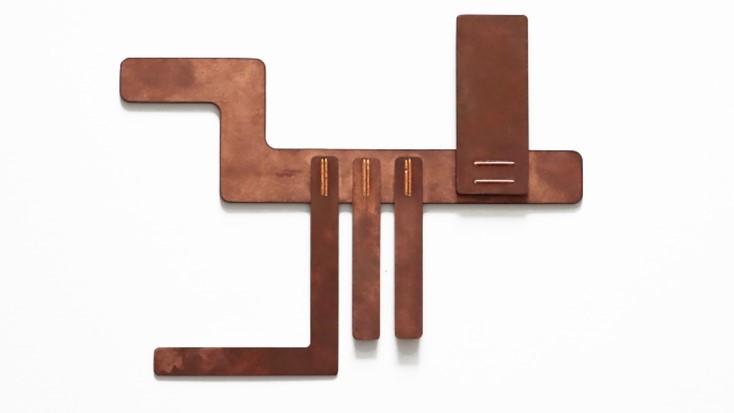
A new beam-shaping welding technology has been developed by Cailabs with the aim of significantly improving accuracy and efficiency in the construction of electric mobility parts. This is key to the construction of the battery assembly and is often important for other parts of the vehicle, such as motor hairpins or battery cases. Read more…
AKM rolls out current sensor with 100 ns response time
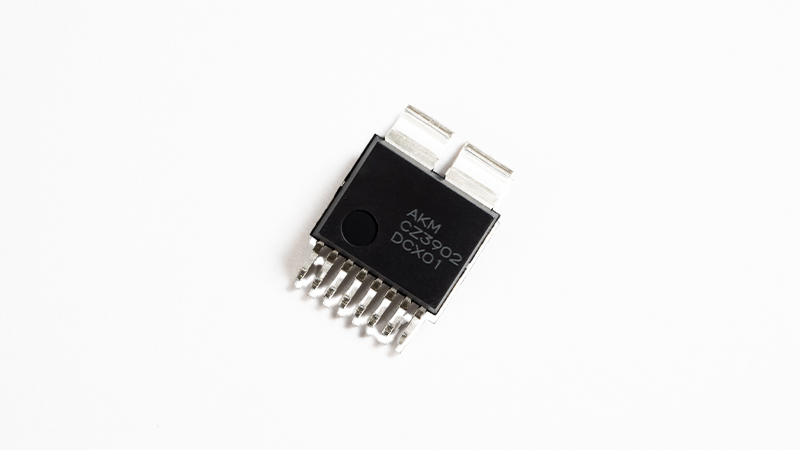
Asahi Kasei Microdevices Corporation (AKM) has started mass production of the CZ39 series of coreless current sensors, which it says are well-suited to electric vehicles (EV) due to their 100 ns response time, low heat generation and continuous, high-accuracy current detection, even in noisy environments. Read more…
RS Electric Boats Pulse 63
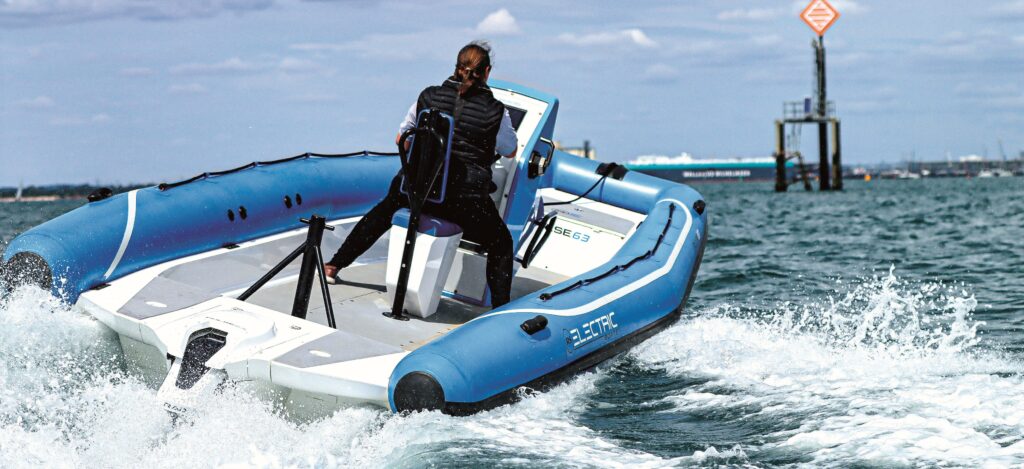
Peter Donaldson explores a new generation rigid hull inflatable boat that obtains benchmark performance from electrical energy.
While sailing is emissions free, the IC-engined boats that regularly support sailing events and training operations tarnish that clean image somewhat. This led the principals at RS Sailing, now part of the RS Marine Group, to begin development of an electrical Rigid Hull Inflatable Boat (RHIB) in 2018, incorporating a new company, RS Electric Boats. The resulting Pulse 63 is now operational in its intended role as a sailing coach boat and is also offered as a work boat, a leisure boat and a superyacht tender. Read more…
Lead-less transistor packaging
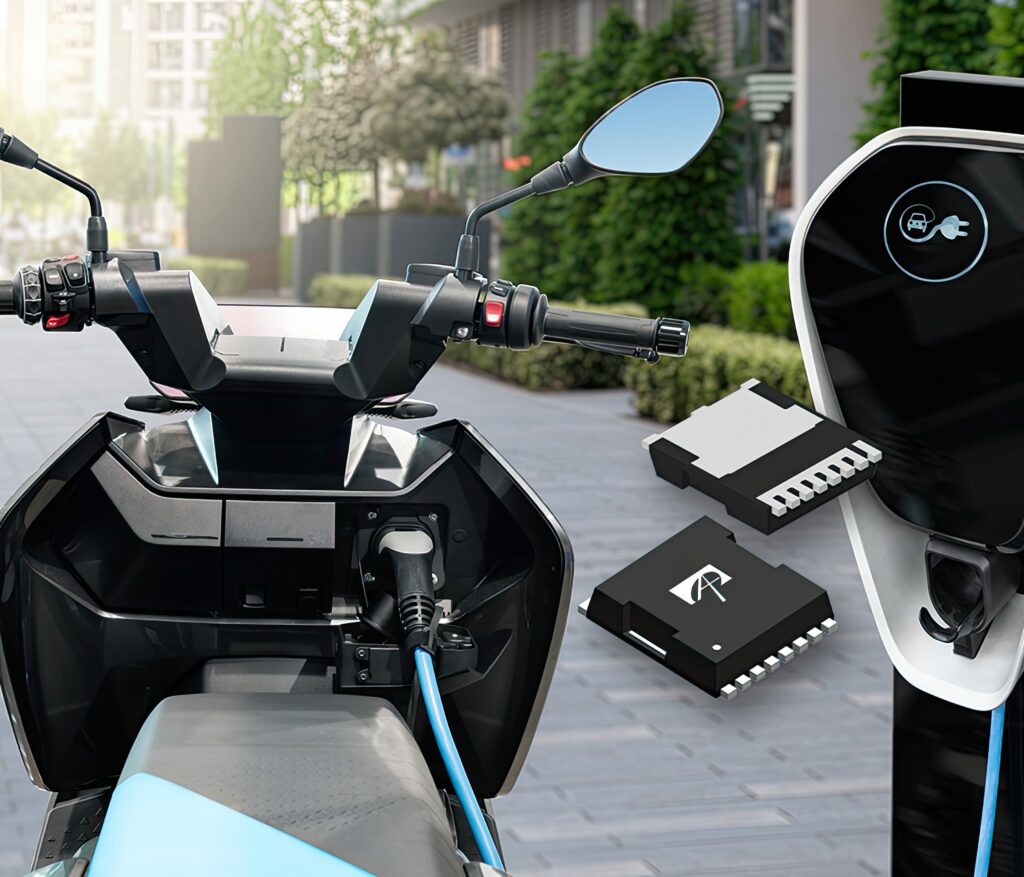
Alpha and Omega Semiconductor (AOS) has developed lead-less packaging for its automotive grade 80V and 100V MOSFET transistors for two and three wheelers, writes Nick Flaherty.
The lead-less packaging is a key step in making battery packs and brushless DC motors smaller in two and three wheel scooters. Removing the leads inside and outside the package helps to lower the resistance to 1.25 mOhms and 1.7 mOhms, giving lower losses and allowing higher efficiency for light vehicles. Read more…
Spark connections: Fuel your automotive applications

Adhesives & Bonding Expo, the largest, free-to-attend trade fair and conference for industrial bonding products and manufacturing in North America, is returning for its fourth edition from June 25-27, 2024, in Novi, MI. Register to attend and you’ll gain easy access to the co-located Foam Expo taking place in the same hall. Read more…
A question of bandgap
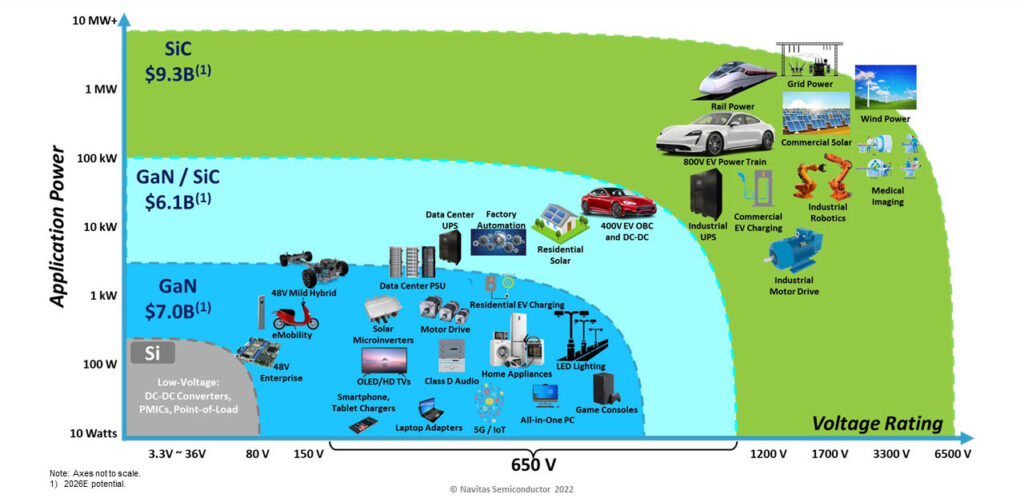
As system voltages in EV powertrains increase to enable the use of higher power levels without creating excessive currents and the associated energy losses and heat dissipation problems, so does the importance of wide bandgap semiconductors, writes Peter Donaldson. Ones such as silicon carbide (SiC) and gallium nitride (GaN) in applications such as traction inverters, DC-DC converters and onboard chargers. Read more…

